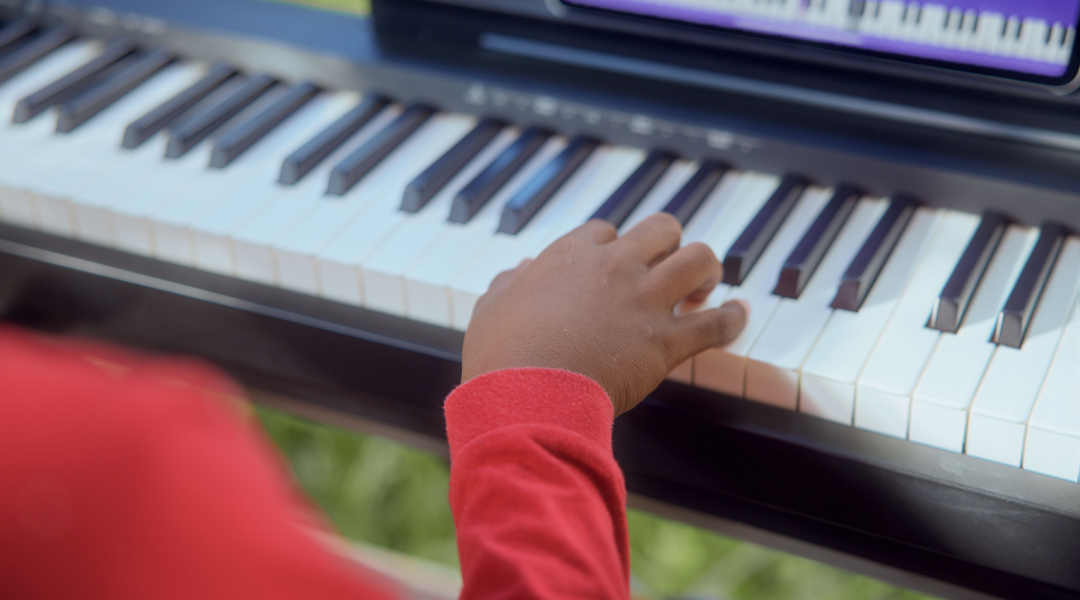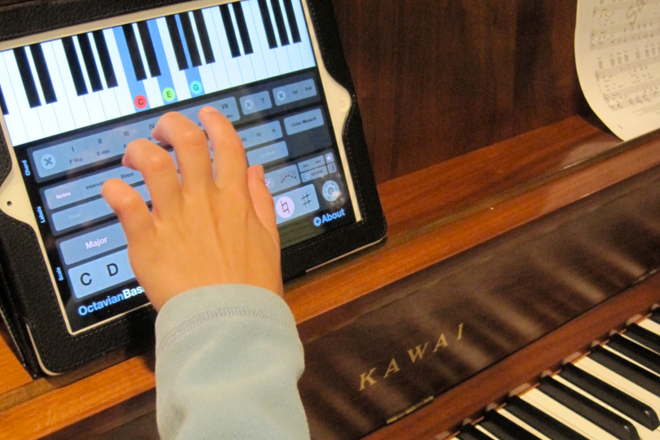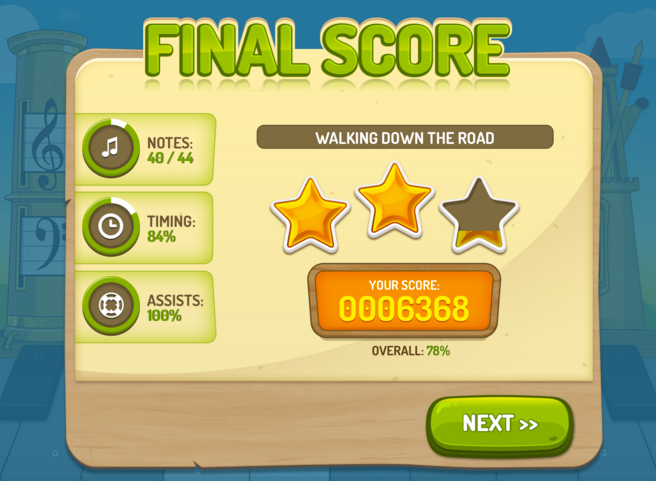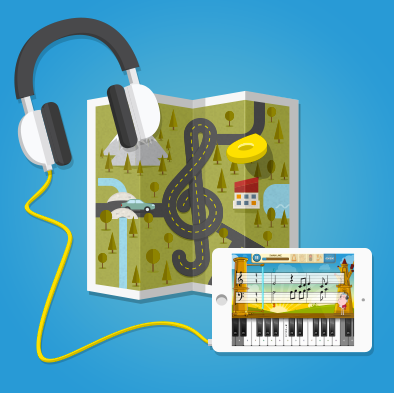How to Play Jingle Bells on the Piano
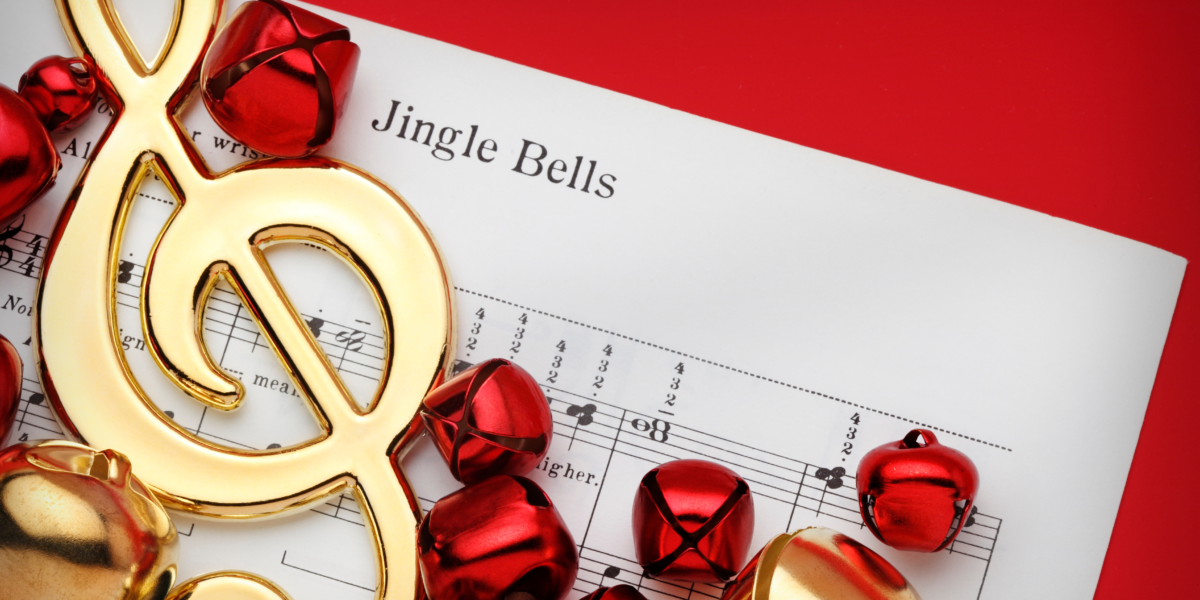
In this short article, we share the history of this Christmas classic, Jingle Bells, and guide you through playing it on the piano.
Christmas songs are kind of like the greatest hits of all time. They never make it to the pop charts. But think are simple enough for everybody to connect to and meaningful enough to last for generations. Jingle Bells is exactly that. If you’re a beginner at piano, this Christmas hit is a great place to start refining your piano skills. Keep reading to learn a bit about the history of Jingle Bells and to play it on piano.
The history of Jingle Bells.
In case you grew up in a cave, Jingle Bells is possibly the best-known and most popular Christmas song of all time. You may not know that it was written by an American composer named James Lord Pierpont (1822 to 1893). Jingle Bells was the most successful composition of his career. When the song was published in 1857, he had titled it “The One Horse Open Sleigh.” Funny enough, Pierpont was in Savannah, Georgia – a place with very little snow.
Hey likely wrote the song while dreaming of his former northern home in Massachusetts. There’s no mention of anything Christmasy in the song, which was initially a Thanksgiving tune. But the song was just too catchy, festive, and wintery not to become a Christmas hit.
Is Jingle Bells an easy song for beginners?
To this day, Jingle Bells is still sung by Christmas carol choirs and taught to children from a very young age. It has become one of the staple songs for beginners to learn on an instrument because of its simplicity and sequential pattern. Are you ready to learn it on piano?
How to play Jingle Bells on the piano.
Jingle Bells is an accessible piece of music because it’s diatonic. That means that all the notes are within one key or scale. The most straightforward key for beginners is C major, which only uses the piano’s white keys. You will need all the notes of the C major scale, C, D, E, F, G, A, and B.
Jingle Bells: Part A
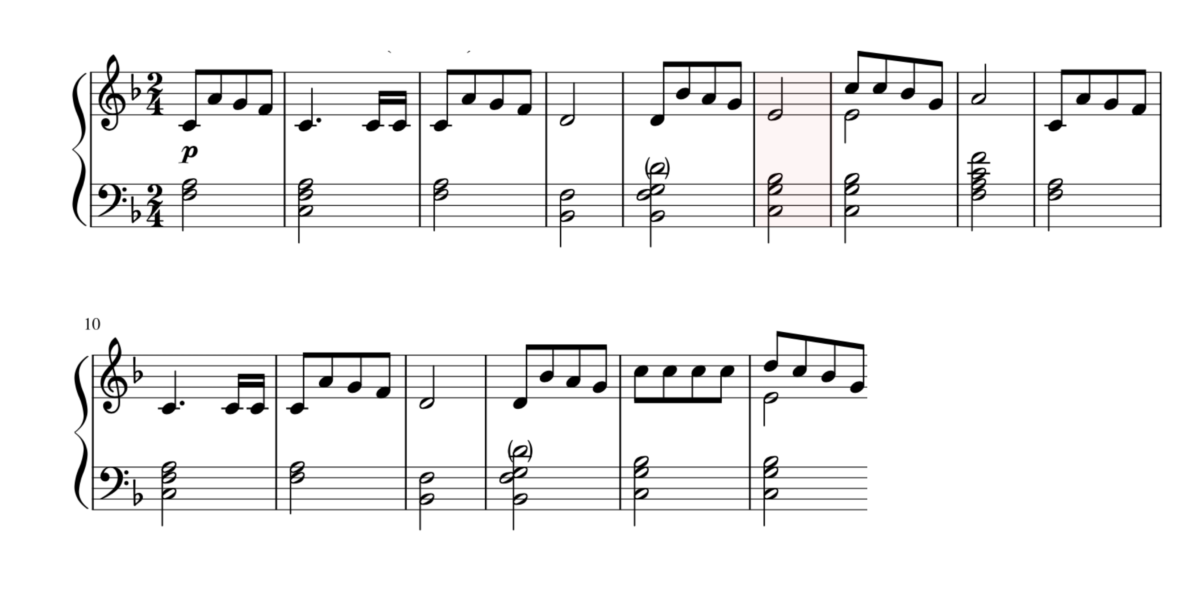
This is the opening and lesser-known section of the song.
As you can see, there is a pattern here repeating itself. The first phrase starts on C and ends on C. The second phrase begins on C and ends on D. The third phrase starts on D and ends on E, and the fourth has a slightly different shape.
The first three phases comprise what we call a sequence in music. It is when a melodic phrase is repeated with the same contour but on slightly different pitches. Sequences are excellent for beginners at piano because they usually involve the same hand movements for each phrase.
If you’re ready to dive deep, check out this blog post, Piano Chords for Beginners.
Jingle Bells: Part B

This is the Jingle Bells that everybody knows and loves!
There are so many things about this melody that make it catchy and loveable. The most notable feature is how almost every note repeats three times before moving on to the next. This is perfect for beginners still learning to put their fingers on the keys, moving from one key to the next.
For a beginner, playing three consecutive notes on the same key is easy yet feels rewarding to play.
The biggest interval in this song is a perfect fourth. The lowest note of this section is an E, and the highest is a C, making the whole range of this melody a minor 6th.
Another key moment of this melody is the line,
“on a one-horse open sleigh, hey!”
Take a look at bar 24 of the sheet music above. You can see a small triangle above the note C. This triangle is an accent – when it appears, it tells you to emphasize the note.
Another important thing to mention is what happens in bars 19 and 27. As you can see, there are two eighth notes and then a dotted eighth note with a sixteenth note. This gives it a sort of skipping and playful feeling, and it’s probably a more accurate representation of the melody.
In many places, however, this part of the melody is written with four eighth notes as a simplification for beginners.
If you feel up to the challenge, here is the Jingle Bells sheet music. But also feel free to practice it with four or even eighth notes. It will still sound cheerful and festive.
Tis’ the season!
There’s no time like the present to be merry. And there’s no better way to be merry than to play music! If you’re setting out on your piano journey, Jingle Bells is a great place to start.
For more sheet music and a fast, efficient way to learn it, try out the Simply Piano app.






